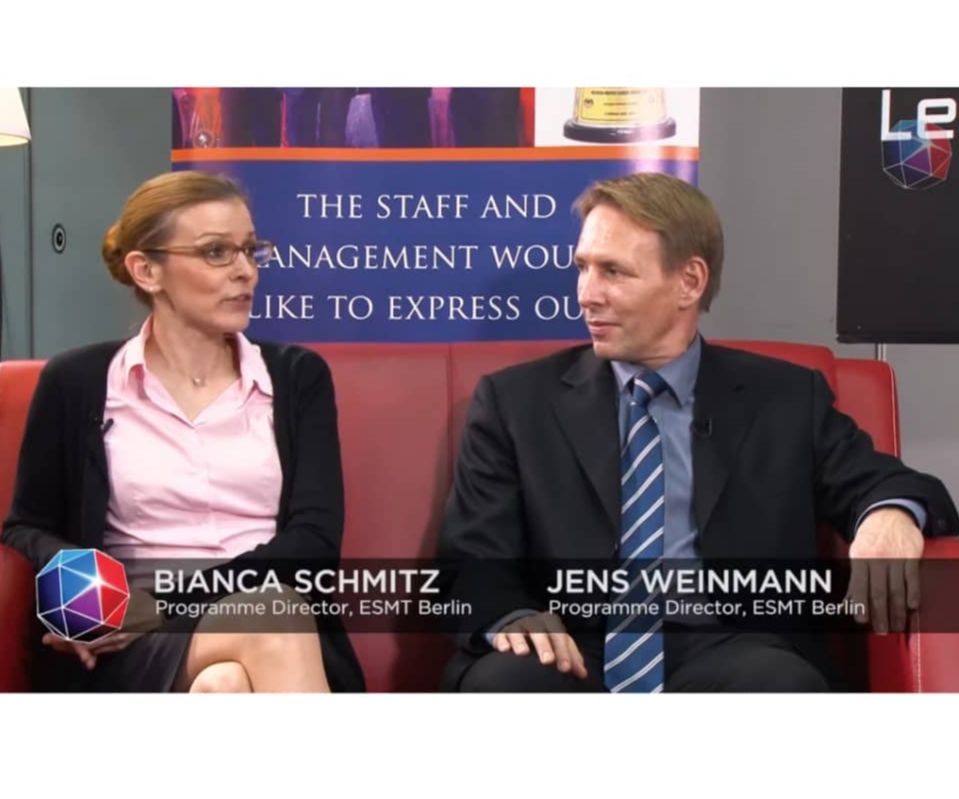Need To Cut Labour Costs But Avoid Layoffs?

A checklist of cost-cutting options
When many organisations are faced with the need to cut labour costs, the approaches taken are generally unscientific and poorly researched. Many simply do what other organisations acting before them have already done. The decision-making seems almost whimsical, with the final option selection process akin to throwing darts.
The end result of such whimsical action is well established; most labour cost-containment strategies seem to be effective in the short term, but fail big time when it comes to meeting longer-term goals. It’s not uncommon for cost-containment strategies to negatively impact the organisation long term, as the costs of containment paired with the cost of recovery exceed the short-term savings produced.
That said, cash flow can be difficult to manage and even as the economy starts to recover, chances are organisations are going to need labour cost-containment options. If you want a more effective and well-thought-out approach, read on.
A recurrent need
It used to be that reducing labour costs was something that organisations only needed to do during tough times, but these days it’s a process that might need to be done on a regular basis. As the need becomes more recurrent, the demand for more options will surface.
Like all things in life, cost-containment options have positive and negative impacts. The key for organisations battling volatility in the market is to use the right approach at the right time and to avoid options that present more negatives than other choices.
Before you begin determining what makes sense for your organisation, note that in today’s business world, labour costs involve a lot more than the salaries and benefits that your organisation provides “employees.”
In recent years the landscape of labour types organisations employ has grown substantially more complex. In a modern organisation, it is not uncommon, for example, for at least 20% of the work done in the organisation to be completed by labour not on the payroll.
Managing the workforce strategically requires a holistic view of labour that includes employees, contingent workers, consultants, outsourced service providers, strategic partner labour onsite, and interns.
Focusing your efforts with established goals
For too many organisations, the only goal ever stated when cost-containment efforts are introduced is short-term improvement of cash flow. Because the longer-term impacts of such efforts are rarely considered and monetised, moving forward strategically is difficult.
If your organisation must pursue such actions, it is critical that a broader set of goals drive the decision-making process about what options to employ. Possible goals to consider include:
- Reducing labour costs (a given)
- Reduce labour benefit costs
- Reduce the possibility of key employee turnover
- Maximise the chances of “released” workers returning upon recovery
- Minimise worker distraction from the cost-reduction process
- Restructuring of work/workload
- Increase employee productivity
- Reduction in force of employees with obsolete skills
- Reduction in force of employees with unstable history of performance
- Reduction in labour cost without increased costs of employee separation (severance/legal)
- Reduction in non-employee labour costs
- Minimise damage to your external image and future recruiting capability
A checklist of labour cost-reducing approaches
I’ve been advising firms for over two decades on how to reduce labour costs or increase productivity, and have documented a number of options that organisations can consider. The following is a list of the options available, categorised into those that provide significant, moderate, and minimal cost reduction.

Significant cost reduction options
Cut contingent labour
Jobs and work that is pre-designated as “contingent” is cut, or contracts are not renewed. Allows for rapid short-term increases and decreases in labour costs.
- Effectiveness — high, if the organisation has planned for contingent labour to be used as a buffer to economic conditions.
- Benefits — significant cost savings if low-impact jobs are made contingent. Contingent workers know up front that they may be eliminated. Fewer legal issues exist when releasing contingent workers. Managers are more willing to make the decision to release contingent labour.
- Potential problems — requires that you designate a significant percentage of your work to be done by contingent labour. Managers often resist making “their” jobs contingent.
Permanent surgical layoffs
Releasing a percentage of the workforce with no immediate intent to bring them back. Surgical layoffs are targeted, while traditional “percentage of the workforce” layoffs tend to focus on employees with low seniority.
- Effectiveness — high, only if surgical and targeted toward low-impact jobs and low performers.
- Benefits — in addition to labour cost-savings, you can maximise the current and future capabilities of your workforce if you do surgical layoffs. The most effective layoffs target jobs that don’t generate revenue, have a low business impact, eliminate skills sets that are no longer needed and cyclical work that can be outsourced to vendors that can handle a fluctuating workload.
- Potential problems — selecting employees based on seniority can result in the loss of top performers and individuals with key skills. Many firms offer severance packages, dramatically increasing the overall cost of the layoffs. Rumors related to future layoffs can distract your employees, impacting productivity.
If you don’t also “change the work,” the remaining workload can stress your workers and increase error rates. If you lay off a large percentage of your workforce, certain federal regulations may require you to notify regulators in advance.
Some managers hire back released workers as contractors, resulting in no cost savings. Often low-wage jobs are cut instead of high salaried positions. Negative publicity from large-scale layoffs can hurt your external employer brand image and impact future recruiting ability.
Productivity improvement practices
Rather than focusing on costs, improve management processes, tools, and managers so that your current workforce produces more output at a higher quality. Tools might focus on job rotations, turnover reduction, work restructuring, workload re-assessment, identifying barriers to productivity, and rewards for productivity.
- Effectiveness — high.
- Benefits — you don’t lose the talent that you’ve worked so hard to recruit and train. Better people-management practices increases output and improves product and service quality. Firing bottom performers has a high ROI and top performers appreciate the focus on performance. Many workforce productivity improvement tools are inexpensive.
- Potential problems — managers may resist change. Your HR department might not have a focus on worker productivity nor a toolkit to increase it.
Substituting technology for labour
Where you substitute software or hardware for labour.
- Effectiveness — high, although the initial costs of any equipment or software may be high.
- Benefits — a significant percentage of “people work” can now be done remotely on the web, with software, hardware, or robots. Technology can work 24 hours a day and doesn’t get sick. Leasing can reduce initial costs.
- Potential problems — there may be workflow disruption in the short-term during installation. Technology management and maintenance costs must also be considered. Unions and current employees may actively resist any substitution of technology.
Outsourcing work
Where work formerly done by employees is shifted to outside vendors that are willing to adjust their costs based on the changing workload.
- Effectiveness — high, when work that frequently fluctuates up and down in volume is outsourced.
- Benefits — a shift to a more permanent level of flexibility in labour costs.
- Potential problems — you lose direct control over the work. When you add the need for a vendor profit margin, the overall labour costs might increase. Vendor reliability and maintaining quality are also issues.
Long-term furloughs in select industries
Where you release employees, but you intend to bring some back when business improves. You generally maintain a relationship with individuals affected while they are on furlough. Furloughs are commonly used in the airline and transportation industries.
- Effectiveness — medium in industries with high-volume roles.
- Benefits — enables medium to long-term containment of labour costs in industries where people are extremely loyal, like the airline industry, where employees get used to the pattern and learn to find secondary jobs while waiting for you to call them back. Unless you have that high level of attraction, long-term furloughs are the same as long-term layoffs.
- Potential problems — employees on furlough might fail to return if the furlough is too long. Industries without a history of long-term furloughs will have difficulty with this approach.
Plant closings
Were you close an entire facility or plant, and you shift work to other facilities.
- Effectiveness — medium.
- Benefits — all labour costs are eliminated for the associated facility.
- Potential problems — your firm’s capacity to produce is also eliminated. Unless you are willing to pay for relocation (and even then some will not move), you will lose some top performers and individuals with key skills.
Seasonal furloughs
Where you release employees during traditional slow periods. These furloughs are often during seasonal periods and may be repeated at the same time each year.
- Effectiveness — high, when you hire individuals who understand and accept the pattern.
- Benefits — if your employees easily adapt to the pattern (especially if your employees hold a job for extra income), most will return each time. This process works better if you hire individuals who understand and can accommodate this pattern and if you tell them when they will likely be allowed to return.
- Potential problems — individuals who need a continuous income stream probably won’t return. Top performers will likely look elsewhere first.
Short-term furloughs to reduce pay costs
This approach asks/tells employees to take several whole days off each month without pay. The days can be free or picked by the organisation. The net result is that employees receive a 3 to 10% pay cut.
- Effectiveness — low with many work disruptions.
- Benefits — employees may in the short-term see it as a positive thing that they are keeping the job and they get some days off, even if they are unpaid.
- Potential problems — may shock employees and cause major schedule disruptions. Employees may see it as a trick way to institute a pay cut. It does not generally reduce the need for future cuts.
Top performers may leave because they know they can demand full pay at other firms. Exempt employees may not be able to legally have their pay cut if they work any hours during the furlough period. If you promised employees an annual amount of pay, you may face lawsuits.
Voluntary buyouts/early retirement
Where employees are given the choice to accept a severance package to separate. Often rewards for early retirement are part of the plan.
- Effectiveness — extremely low.
- Benefits — managers avoid having to make tough decisions.
- Potential problems — top performers and key employees may accept the package, resulting in you paying your best people to leave and perhaps go to competitors. Too many or too few employees may accept the offer.
Dr John Sullivan is an internationally known HR thought leader from the Silicon Valley who specialises in providing bold and high business impact; strategic Talent Management solutions to large corporations. He is an engaging corporate speaker and prolific author with over 900 articles and 10 books covering all areas of talent management. Send us your feedback at editor@leaderonomics.com. For Consulting Corner articles, click here.
First appeared on Leaderonomics.com. Published in English daily The Star, Malaysia, 23 May 2015
Leadership
This article is published by the editors of Leaderonomics.com with the consent of the guest author.






